How to Use Custom Window Clings for Privacy: A Little Guide

By: Naomi J. Myrick, Stickers.com Staff Writer
Spendy curtains, shutters and shades are all common and acceptable forms of providing privacy. But did you know that you can use a simple window cling for privacy, too? It’s easier than you’d think — and totally cost-effective, too!
In this sticker guide, I’ll show you how to design and also how to use window clings as a home and on-the-go privacy solution.
Let's get started!
Chapter One: How simple designs can get you more privacy

We all love stickers. You wouldn’t be reading this if you didn’t! But sometimes less is more — more privacy that is. Uniformity is important when it comes to designing a privacy window cling. You’ll need the sticker to cover the whole window or whatever it is you're trying to cover. So be bold, but consistent with your design.
Try to stick with repeating textiles. Think about stained glass or leaves in a forest. Make sure the design is basic enough not to draw attention, after all, the point is privacy.
Chapter Two: How you can get better privacy at home with clings
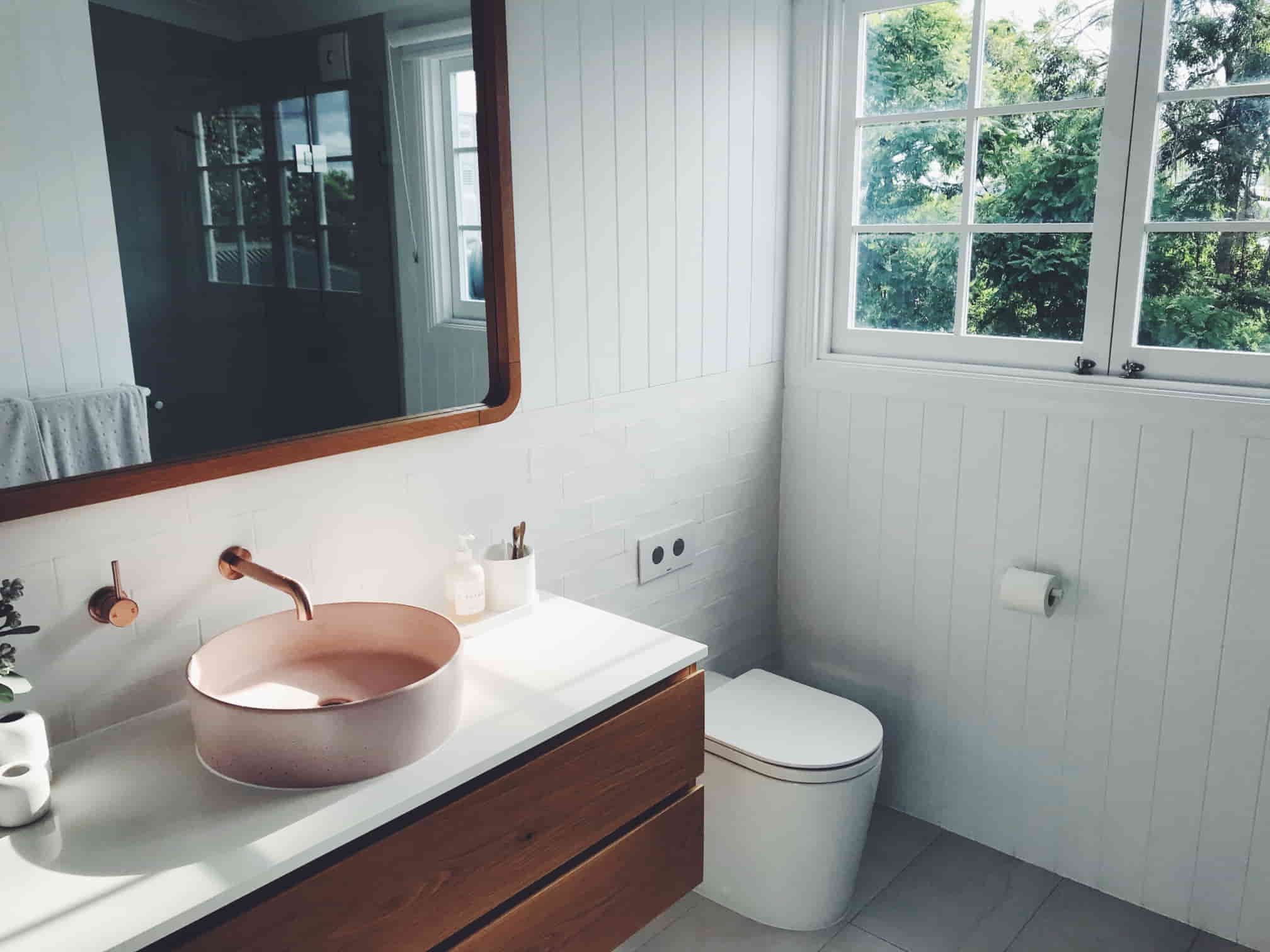
Let’s pretend you have an odd shaped bathroom window that no shade known to man or Home Depot can fit. You’re in luck. Window clings can be printed in custom sizes and shapes.
Choosing a window cling is a smart move; they’re repositionable and you can easily install and remove them. Besides, curtains require measuring, power tools, rods and may involve bad words. Avoid that fuss by choosing a cling instead!
Chapter Three: How to use clings for your business to save money

You can also use vinyl window clings as a cost-effective anti-voyeurism measure. Anyone on your staff can install them or remove them and they’re also water resistant.
Restaurant server staff can use them as mini-privacy partitions when they swipe cards or you can simply use them as barriers between booths. Coffee shops can use clings to barricade the patrons from the barista shuffle and hustle — at least the visual aspect.
Chapter Four: How to get more privacy on-the-go using clings
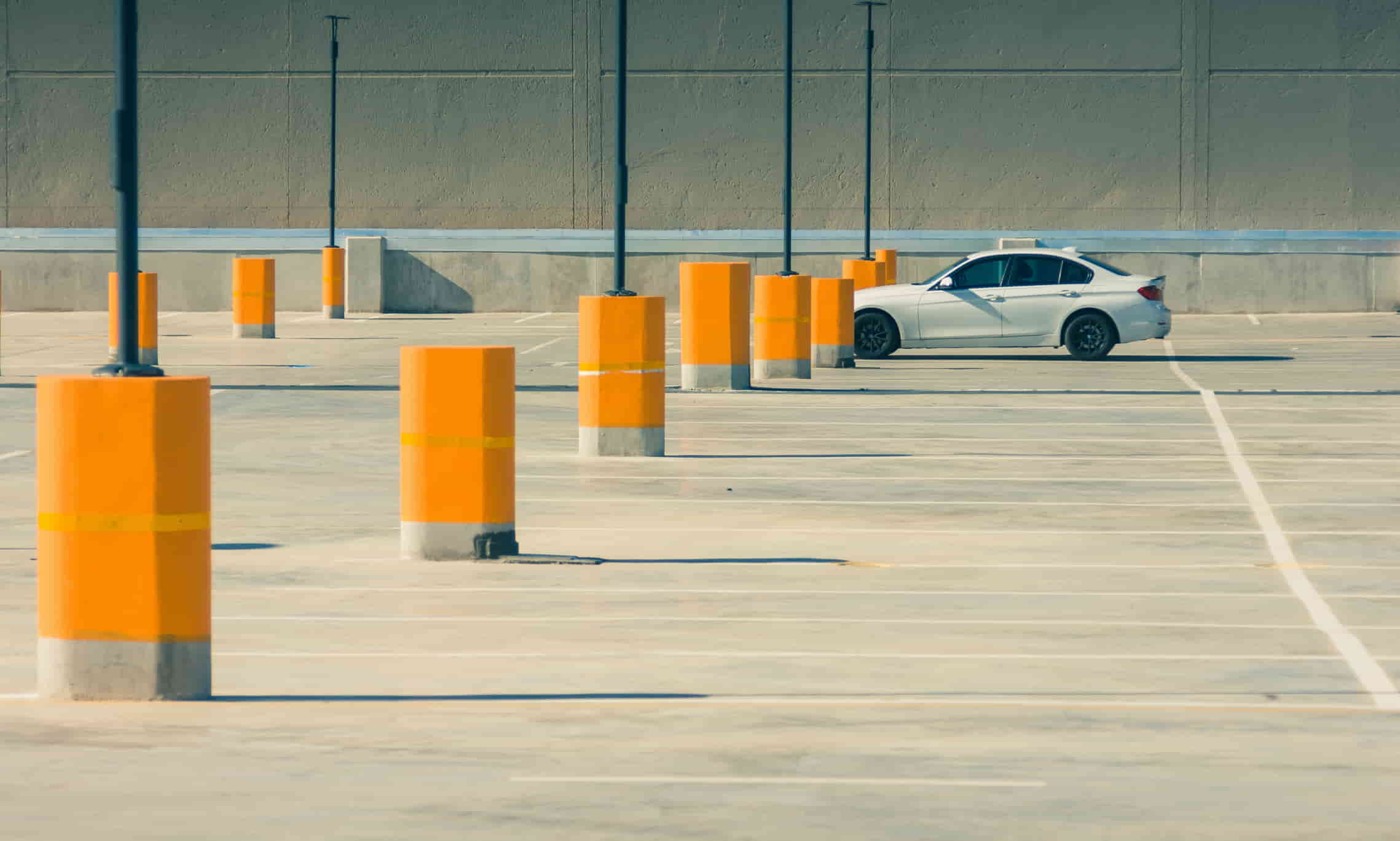
Prior to working remotely, I used to eat lunch or nap in my car during work breaks. There is absolutely no shame in needing peace, quiet and a lack of phone calls. I always thought there had to be a way to shield myself from parking lot traffic that didn't involve a large reflective, well, shield.
Now that I work in the sticker biz, it came to me: window cling. Lightbulb. This has to be the perfect option for those that work on-the-go like outside sales reps or simply people that need to catch a few Zzzs and a snack in their car — uninterrupted.
You could be double-efficient and include your logo, business or office hours (breaks included of course). Or simply show off a clock hands graphic of “be back in 20 minutes.” People will get the point.
Chapter Five: Is front or back-adhesive better for privacy?
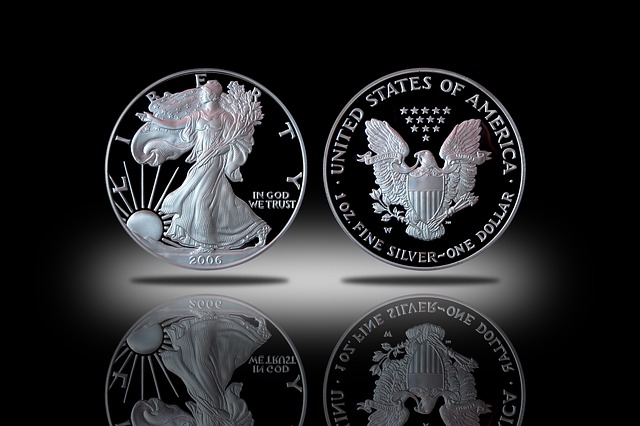
I personally recommend using front adhesive for privacy purposes. Basically, if it sits on the inside of a window, then it can’t be easily stolen from the exterior side of the window. It could still get removed, but not without someone noticing. This is especially true at home or in your vehicle.
Chapter Six: A few words on vehicle use
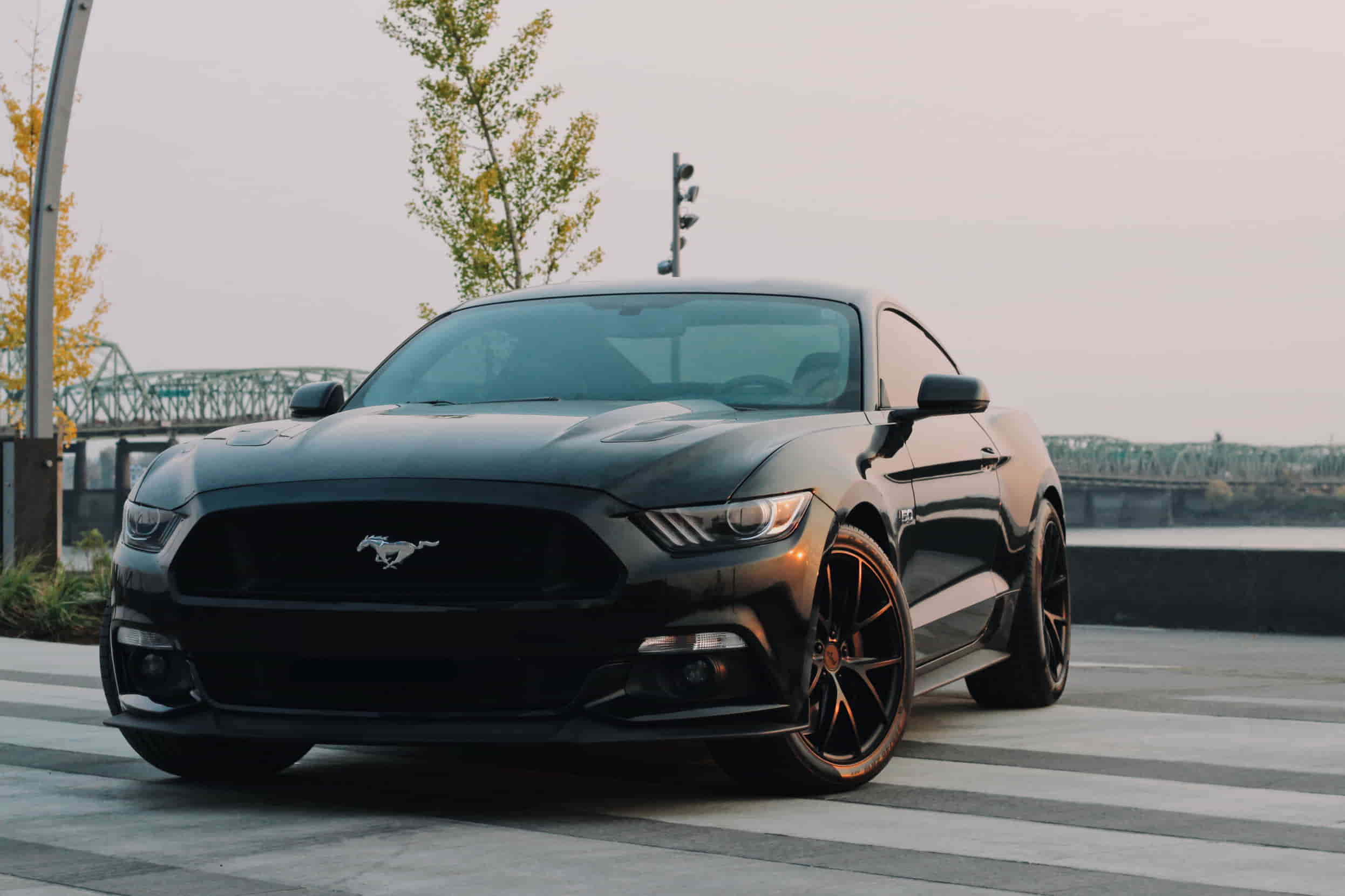
It’s one thing to be stationary in a parking lot or parking garage and have your privacy cling in full view. The D.O.T. however, has some very specific rules about visibility for the driver. Bottom line, don’t drive with the window cling placed where you can’t easily and effectively see out at traffic. It’s a major safety concern.
A good rule of thumb is to remove your nap time sticker and store it in the glove box before putting the car in drive.
Just remember: tires, cling, mirrors, seatbelt, go.
Chapter Seven: Aa-and what about my window tint?
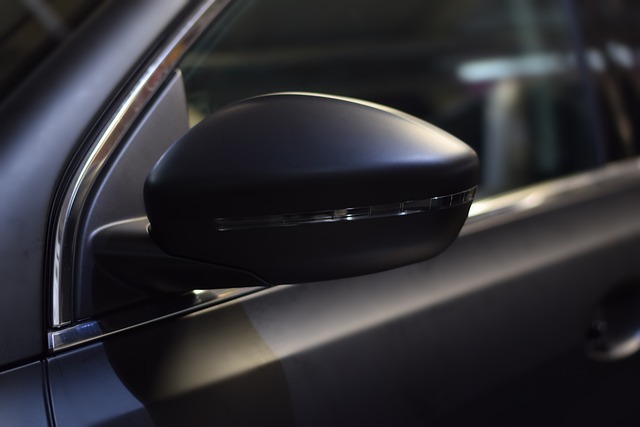
Window clings can work on tinted windows, but you should determine whether your tint was factory installed, or if it was installed aftermarket.
If factory installed, then the tint was installed on the interior of the glass. This is perhaps the one instance I’d recommend ordering a back-adhesive window cling, because the front-adhesive might harm the tint or pull some of it off.
Aftermarket tint is installed on the exterior of the glass, so use a front-adhesive cling in this case.
If you’re worried about a vinyl cling lifting the aftermarket tint, then try a static cling. They use nature, not adhesive.